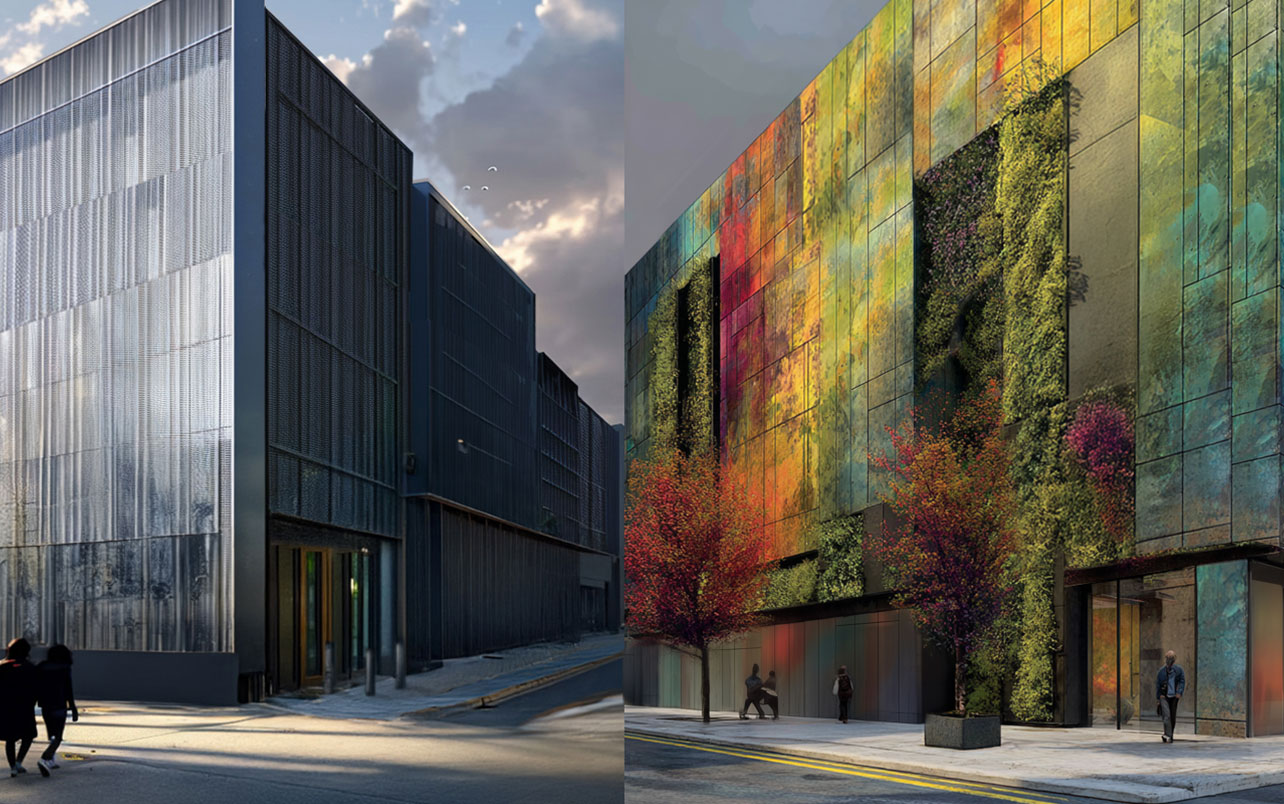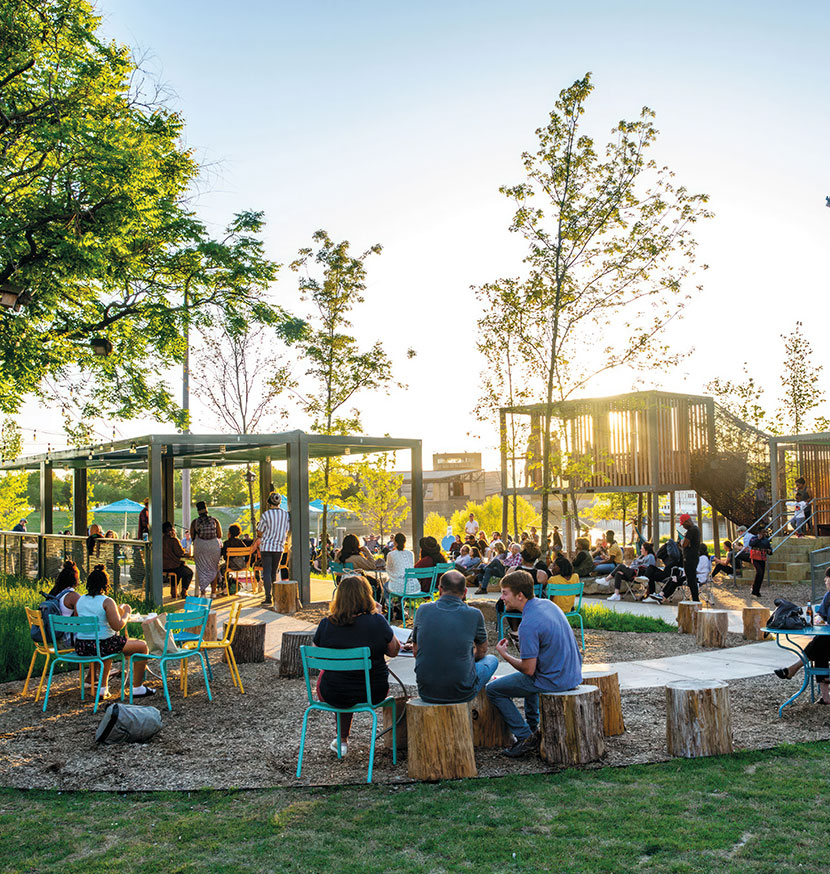
Big, Blank, and Boring: Let’s Fix the Way We Build Data Centres
If we can design shopping centres, stadiums, and airports that inspire, why not data centres writes Andrew Hoyne.
Data centres are here to stay. For me, they represent essential infrastructure that supports our increasingly digital lives, from cloud computing and video conferencing to AI and automation. I’ve watched the sector boom in recent years, and it’s clear that growth isn’t slowing down.
Back in 2019, Australia’s data centre capacity was around 350MW. Now, by mid-2024, we’ve surpassed 1,300MW, and projections suggest we’ll hit 3,000MW or more by 2030. It’s one of the fastest-growing sectors in the built environment, and with that comes a real opportunity to think more creatively about how we integrate these buildings into our cities.
Sydney, in particular, has emerged as a major global player and is now ranked among the top three cities for data centres in the Asia Pacific region. That status not only reflects strong market demand and stable infrastructure but also highlights the need for thoughtful design and planning as these facilities multiply across our metropolitan areas. This momentum is part of a broader trend in NSW, with the NSW Investment Delivery Authority seeking 30 eligible data centres, technology projects and hotels to fast-track.
But too often, data centres are developed in a purely utilitarian way: large, windowless buildings with heavy security, minimal landscaping, and little to no engagement with the street. In residential or mixed-use contexts, this can create issues of visual impact, safety, and street-level vitality.
These facilities typically operate with minimal staff; for example, a medium colocation facility in an urban area will typically only have one person per every 500–1,000 m² of space. Their operational needs are specific and non-negotiable. But their architectural form and civic contribution? That’s where we have flexibility and choice.
As a property professional who regularly collaborates with local governments, I believe we’re at a turning point. We have an opportunity, and arguably a responsibility, to ask: how can data centres coexist more respectfully with the communities around them?
Here are a few ideas I think could help:
- Integrate public art: Those blank walls are prime space for murals or digital installations that reflect local identity or history.
- Green the edges: Landscaping buffers, green walls, and tree canopies can soften the impact and add to urban biodiversity.
- Better materials and forms: Even a box can be elegant with thoughtful design. I want to see façades elevated with texture, colour, or rhythm, avoiding the “monolith” effect.
- Sensitive security: While perimeter control is essential, this doesn’t need to mean prison-grade fencing and dozens of cameras on display. Discreet, well-designed solutions exist.
- Lighting and street interface: Let’s use lighting to make these sites feel safer and more inviting. Consider activating corners or setbacks with public seating or greenery.
- Appropriate location choices: Councils and developers should collaborate to identify areas where impact on residential communities will be lowest.
- Community contributions: Whether through Section 94/Developer Contributions or alternative mechanisms, I support councils directing some of the benefit generated toward enhancing community amenities nearby.
Data centres aren’t villains. They’re vital. But like shopping centres, industrial precincts or transport infrastructure, they need to be planned and designed in a way that’s sympathetic to the city around them.
With a small shift in mindset, and by applying some basic placemaking principles, I believe we can dramatically improve how data centres sit within our neighbourhoods. Our industry has the capability. Councils have the mandate. And together, we can make sure this new wave of infrastructure enriches, rather than erodes, local community experience.
Back




